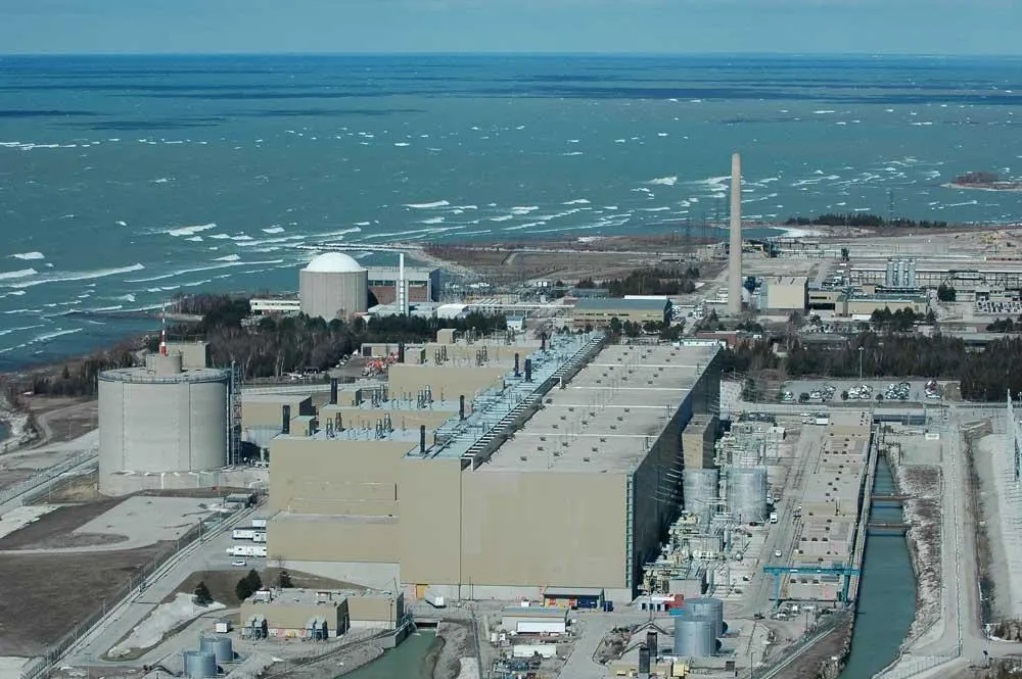Invention of Mehul Shah, Founder and CEO of Clean Core Thorium Energy, comes in. The Chicago-based company has developed (and patented) a fuel, which is a mix of Thorium and Uranium of a certain level of enrichment, called HALEU (High Assay Low Enriched Uranium). Clean Core calls this concoction ANEEL (Advanced Nuclear Energy for Enriched Life) — named so to honour one of India’s foremost nuclear scientists, Dr Anil Kakodkar.
ANEEL can be used in the existing Pressurized Heavy-Water Reactors (PHWRs), an indigenous reactor system that is the workhorse of India’s nuclear fleet. India has 18 PHWR reactors of a total capacity of 4,460 MW and is building ten more of 700 MW each.
If pursued, Clean Core’s ANEEL fuel can prove to be a game-changer for India. According to the World Nuclear Association, most of the current reactors run on uranium fuel enriched up to 5 per cent Uranium-235. HALEU is Uranium enriched to more than 5 per cent but less than 20 per cent. It is needed for many of the advanced nuclear reactor designs under development. “HALEU is not yet widely available commercially. At present only Russia and China have the infrastructure to produce HALEU at scale. Centrus Energy, in the US, began producing HALEU from a demonstration-scale cascade in October 2023,” says the Association. With uncertain commercialisation timelines, HALEU suppliers have remained cautious on scaling capacity due to demand-side risk.
India has the world’s largest reserves of Thorium, estimated at 1.07 million tonnes, enough to last over a century. If India uses this Thorium, it can then produce enough green energy and easily turn net-zero by its target date of 2070.
However, Thorium is a fertile material and not a fissile material. This means, it must be paired with Uranium-235 or Plutonium-239 to be used as fuel in a reactor. As neutrons from these fissile materials bombard Thorium, it mutates into Uranium-233, which is also a fissile material. So, to use the Thorium in India, you need sufficient stocks of Uranium-235 (which India has very little of), or Plutonium-239 (which is produced using Uranium-235). So, the question has been, how to use Thorium with minimal use of (precious) Uranium.
India’s approach to Thorium utilisation has been to make a Thorium blanket around uranium or plutonium reactors, so that as the reactor produces energy, it also converts thorium into uranium-233. However, ANEEL provides an easier and quicker alternative for the deployment of thorium leveraging imported HALEU.
Furthermore, in utilising this fuel, reactor operators can enjoy a dramatic reduction in nuclear waste volume and operating costs.
Another significant advantage is the inherent operating characteristics of the ANEEL fuel bundle — it lasts much longer and burns more efficiently. Its burn-up is 60,000 MW-days per tonne, compared with the 7,000 MW-days per tonne of the conventional natural uranium fuel in PHWRs. This higher burn-up significantly impacts the waste volumes and economics of reactor operations compared with the currently used natural uranium.
For example, in an existing Indian 220 MW PHWR, while using natural uranium fuel, an average of eight bundles would need to be replaced daily for the rest of the reactor’s operating life of 60 years. That is about 1,75,000 bundles used over the life of a reactor. With the ANEEL fuel, an average of only one such bundle would need to be replaced daily resulting in about 22,000 bundles used over the lifetime of the reactor. This leads to significant reduction in waste generation and cost savings.
Due to the inherent benefits of using thorium, the spent ANEEL fuel cannot be used for weapons — a source of comfort for foreign uranium suppliers and reactor operators, says Mehul Shah.
With all these benefits, Shah believes that ANEEL-powered 220 MW Indian PHWR can fill a growing need for clean, baseload energy production, as highlighted by the pledge to triple nuclear capacity by more than 20 countries at the recently held COP28.
Other countries are also showing interest in using ANEEL. “This is the first-of-its-kind nuclear fuel, in that it combines HALEU and thorium in proprietary unique compositions that can drive a global clean energy future,” says Dr Sean McDeavitt, Director of the Nuclear Engineering and Science Center and professor in the Department of Nuclear Engineering at Texas A&M University.
In April 2023, Canadian Nuclear Laboratories signed a MoU with Clean Core “to further the development and deployment of Clean Core’s ANEEL fuel,”. Under the MoU, CNL would support Clean Core’s activities, including R&D and licensing.
Tags: Clean Core Thorium Energy, Green Energy, Thorium, Transition



Recent Posts
Polish Delegation and JKSH Group Explore Green Energy Project in Andhra Pradesh
bigbasket Expands EV Delivery Fleet to 50 Cities with Support from Kazam
Axpo Completes Spain’s First Ship-to-Ship Bio-LNG Bunkering for Container Vessel at Algeciras
BLG LOGISTICS and Liebherr Strengthen Sustainable Port Operations with Shore Power-Ready Crane in Bremerhaven
Beijing Maersk Enters Service as Latest Methanol-Powered Containership
Yinson GreenTech and C-Torq Deliver Marine Battery System for Hybrid Vessel in the Middle East
Singapore Tugboat Receives Biofuel-Ready Notation Following Retrofit
NYK Names Sixth Dual-Fuel LPG Carrier “Luna Pathfinder”